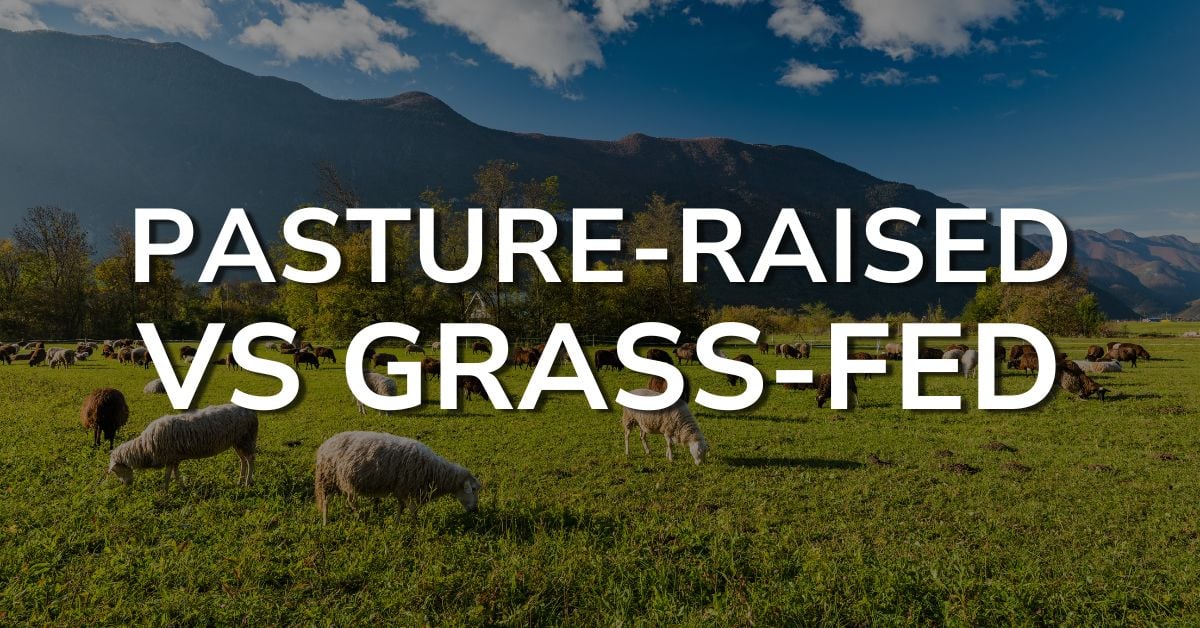The world of holistic health and wellness often throws around terms like “pasture raised” and “grass-fed,” especially in discussions about meat and dairy products. But what do these terms really mean, and how do they impact our health and the environment? In this comprehensive exploration, we delve into the nuances of pasture-raised and grass-fed products, examining their health benefits, environmental impact, and ethical considerations.
Pasture-Raised: More Than Just a Label
“Pasture-raised” refers to animals that have been raised on a pasture where they can graze and roam freely in a natural environment. This method contrasts with conventional animal farming where animals are often confined to small spaces.
Health Benefits
Pasture-raised animals typically have access to a diverse diet, which can lead to nutritionally superior meat and dairy products. Studies have shown that pasture-raised meat can have higher levels of omega-3 fatty acids, which are known for their anti-inflammatory properties, and lower levels of saturated fats compared to conventionally raised meat (Smith, et al., 2009) [1].
Environmental Impact
The pasture-raised approach can be more sustainable than conventional farming. Pasture-raised animals contribute to soil health through natural behaviors like grazing and manure deposition, leading to more sustainable land use and potentially lower greenhouse gas emissions (Henderson, et al., 2015) [2].
Ethical Considerations
From an ethical standpoint, pasture-raised farming is often viewed more favorably as it allows animals to exhibit natural behaviors, which can lead to improved animal welfare (Fraser, 2008) [3].
Grass Fed: A Specific Diet
While “pasture-raised” denotes a method of animal husbandry, “grass-fed” specifically refers to the diet of the animals. Grass-fed animals are fed a diet exclusively composed of grass and other foraged foods throughout their life.
Health Implications
Grass-fed meat and dairy products are often richer in certain nutrients. They are known for higher levels of conjugated linoleic acid (CLA) and a more favorable omega-3 to omega-6 fatty acid ratio compared to grain-fed counterparts (Daley, et al., 2010) [4]. This can lead to potential health benefits such as reduced risk of chronic diseases.
Environmental Considerations
Grassfeeding can lead to more sustainable land use. However, it’s worth noting that grass-fed systems can require more land and water, and potentially have higher greenhouse gas emissions per pound of meat produced than grain-fed systems, depending on management practices (Peters, et al., 2016) [5].
Comparing the Two
While both pasture-raised and grass-fed methods have their benefits, they are not mutually exclusive. Pasture-raised animals can be grass-fed, but they might also consume other foods, like grains. Conversely, grass-fed animals may not always be pasture-raised, as some are kept in confined areas with restricted movement but are fed a grass-based diet.
Holistic Health Perspective
From a holistic health standpoint, both pasture-raised and grass-fed products can be superior choices. They often provide more nutrients beneficial for health, support more ethical animal treatment, and can have a lower environmental impact, depending on the specific farming practices used.
Conclusion
Choosing between pasture-raised and grass-fed products often depends on personal priorities, whether they’re nutritional benefits, environmental concerns, or animal welfare. As a consumer, understanding these terms helps in making informed choices that align with your holistic health goals.
References
- Smith, G. I., et al. (2009). Dietary omega-3 fatty acid supplementation increases the rate of muscle protein synthesis in older adults: a randomized controlled trial.
- Henderson, B., et al. (2015). Grassland carbon sequestration: Management, policy and economics.
- Fraser, D. (2008). Understanding animal welfare.
- Daley, C. A., et al. (2010). A review of fatty acid profiles and antioxidant content in grass-fed and grain-fed beef.
- Peters, C. J., et al. (2016). Carrying capacity of U.S. agricultural land: Ten diet scenarios.

